Highlights
- IAS Aditya Ranjan’s Project IMPACT aims to revolutionize the educational landscape in Jharkhand by creating a nurturing and compelling learning environment in government schools.
- Project IMPACT seeks to make schools so vibrant and engaging that students eagerly attend every day and are reluctant to leave when the day ends.
- After its success in Koderma, Project IMPACT is being scaled up to over 35,000 schools across Jharkhand.
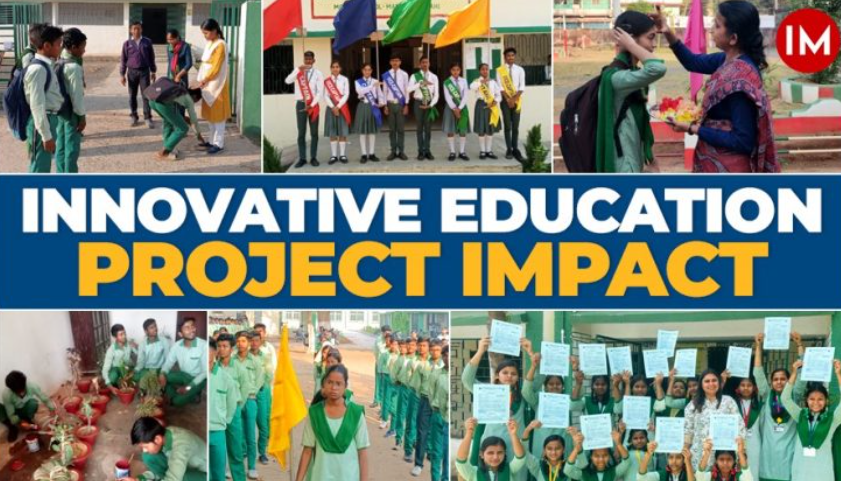
In the field of education, groundbreaking changes often stem from innovative approaches and steadfast commitment. Among those driving such transformations is IAS Aditya Ranjan, presently holding the position of State Project Director of Education for the Government of Jharkhand. With prior achievements in initiatives like DEGS and Project Rail, Mr. Ranjan has embarked on a new venture called Project IMPACT, foreshowing a significant shift in Jharkhand’s educational sphere.
Indian Masterminds exclusively spoke with him to learn more about the project.
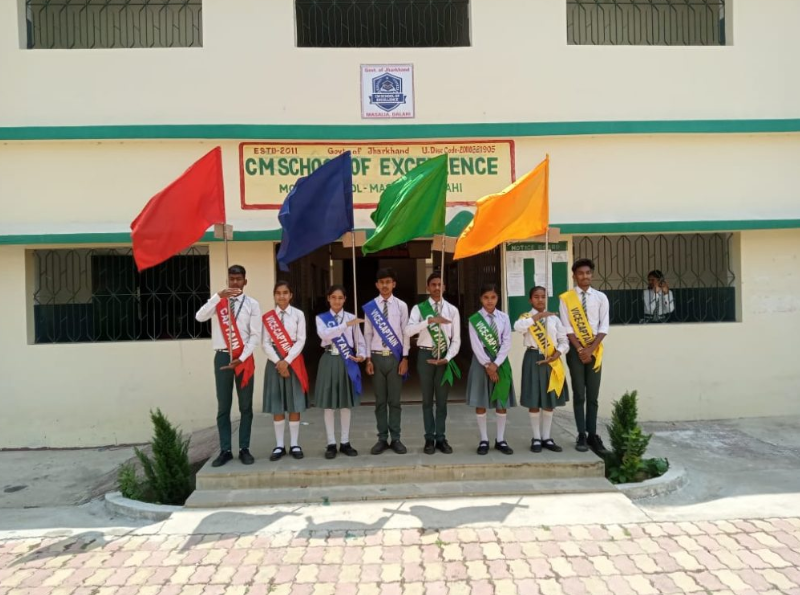
PROJECT IMPACT: A VISION FOR BETTER EDUCATION
Project IMPACT, short for Institutional Development and Mentoring for Perfect Amenities and Child Behaviour Transformation, is not just another initiative; it’s a comprehensive strategy to enhance the environment and climate of government schools. The ultimate goal is to create a learning environment so compelling that students eagerly anticipate attending school every day and are reluctant to leave when the day ends.
“We wish to provide them with the kind of environment that wants them to stay in school and come every day rather than being harsh with them and mandating a particular percentage of attendance for both students and teachers. We want to make schools vibrant enough to attract kids and make them stay,” stated Mr. Ranjan.
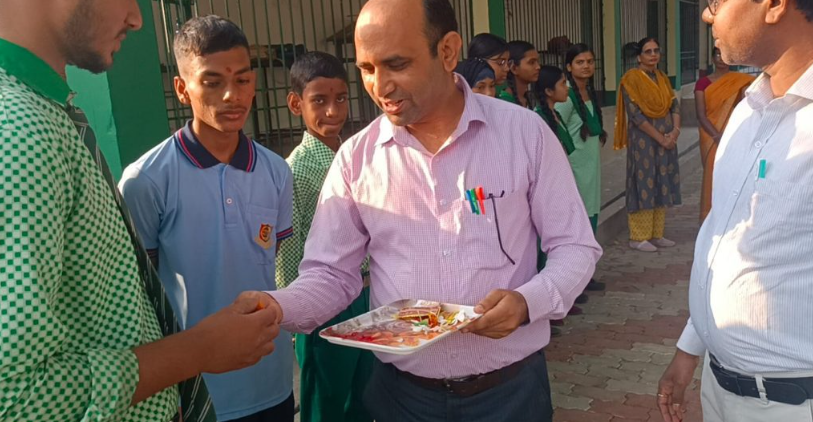
SUCCESS IN KODERMA
The genesis of Project IMPACT can be traced back to its successful implementation in Koderma. Under the leadership of Mr. Ranjan, Project IMPACT-NEP (National Education Policy) was launched as an experimental venture whilst the officer was posted as the Deputy Commissioner of the Koderma district.
The results were astounding, with significant positive changes observed in student behavior, academic engagement, leadership development, and civic awareness.
When the project was launched in Koderma, the officer and his team witnessed a 50–70% increase in students’ attendance because of the project. They could see that the children liked coming to school and staying till the end of the day. After about a year, it increased to 90–95% of students retaining in school and even touched 100% attendance in some schools.
“When in Koderma, the project was implemented in about 700 schools. Now we are going to implement it in over 35,000 schools,” the officer told Indian Masterminds.
EXPANDING HORIZONS: STATEWIDE IMPLEMENTATION
As a result of Project IMPACT-NEP, there have been many positive changes in the environment and children of the schools in Koderma district, such as interest in coming to school, the development of a positive mentality, participation in school activities, goodwill, the development of leadership ability, mentality, knowledge of the essence of the Constitution, personal, and many other achievements, such as the importance of environmental cleanliness and an increase in knowledge, that have started becoming visible.
After the project became hugely successful in Koderma within just a few months, the officer decided to bring it forth to other districts of the country as well. He formed an elaborate plan complete with photographs from the time it was done in Koderma and circulated the order throughout all the government schools of all the districts in the state.
“This expansion signifies a concerted effort to align educational practices with the values and objectives outlined in the National Education Policy of 2020,” shared the officer.
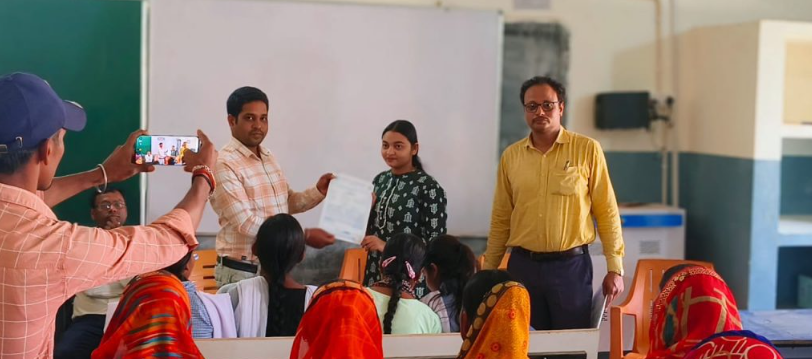
KEY COMPONENTS OF PROJECT IMPACT-NEP
Under Project IMPACT-NEP, several key initiatives are being rolled out to create a vibrant and nurturing school environment. Some of these include:
- House System: Establishing houses named after local elements to foster camaraderie and identity among students.
- Aesthetics: Beautifying school premises with colorful walls, motivational messages, and interactive spaces like laboratories.
- Student Engagement: Encouraging participation through activities like Children’s Parliament, clubs, and cultural events.
- Inclusivity: Celebrating birthdays and creating welcoming rituals to ensure every child feels valued and connected.
- Infrastructure: Addressing infrastructure needs through a tiered approach of low-cost, medium-cost, and high-cost interventions.
“We wish to make children feel welcomed at the school and give them special treatment. They should feel that they belong here and are a part of us. We also call upon the stage and honor the students who have topped the RAIL exam, a weekly test conducted to track students’ progress. This motivates all the other students to do better so that they would also be called on the stage and given similar treatment,” Mr. Ranjan told Indian Masterminds.
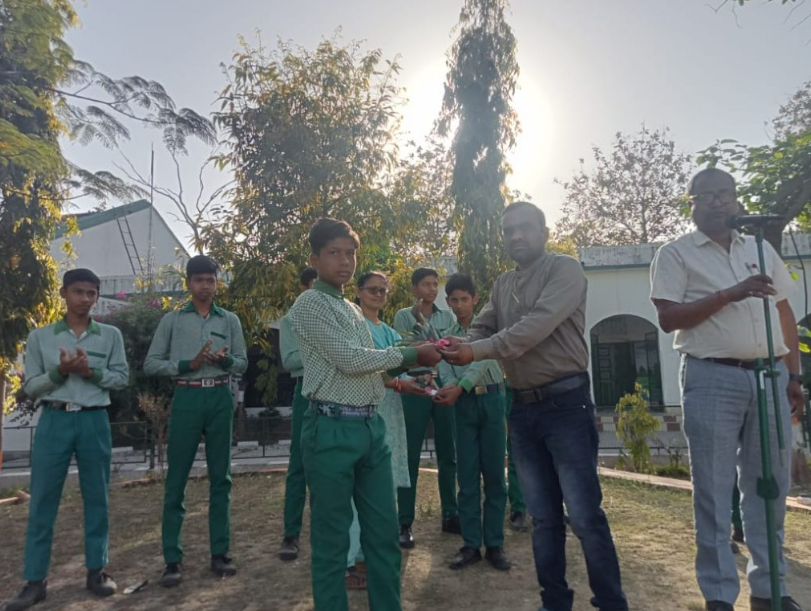
IMPLEMENTATION STRATEGY AND IMPACT
The following cost categories were identified: low cost, no cost, and high cost. Under the low-cost system, activities that teachers and students could do to make a positive difference in the classroom were highlighted. These included forming houses, maintaining hygiene, honoring birthdays onstage, and so on.
Low-cost activities included those that required only a small investment to effect change, such as creating notice boards, beautifying classrooms, distributing trophies, and so on.
The final step of the identification required a significant amount of money and resources, such as infrastructure development, restroom building, recruiting additional teachers, bringing in more furnishings, and so on.
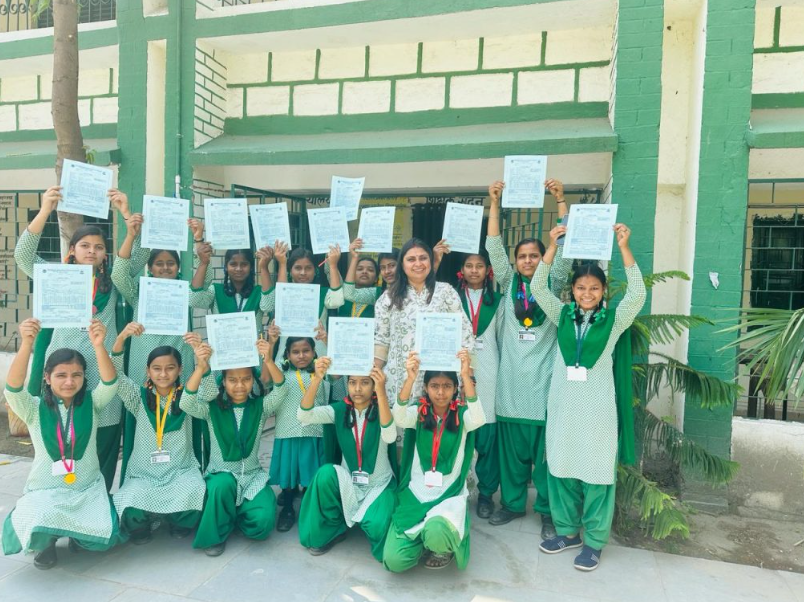
FORMING TEAMS
The implementation strategy of Project IMPACT-NEP is meticulous, involving teams for regular inspections and feedback mechanisms. Schools demonstrating excellence in no-cost and low-cost interventions are prioritized for high-cost improvements. This structured approach ensures resource allocation based on performance and needs, optimizing the impact of every initiative
“We distributed three forms for each aspect. Furthermore, 24 teams from 24 different districts were formed who would visit all the schools under them quarterly and fill out the forms after inspection. The no-cost and low-cost parts will be handled by the schools themselves, and the high-cost parts will be taken care of by me. Schools that have performed well in the no-cost and low-cost segments will be given priority for high-cost requirements, which I shall implement from the state level,” the officer told Indian Masterminds.
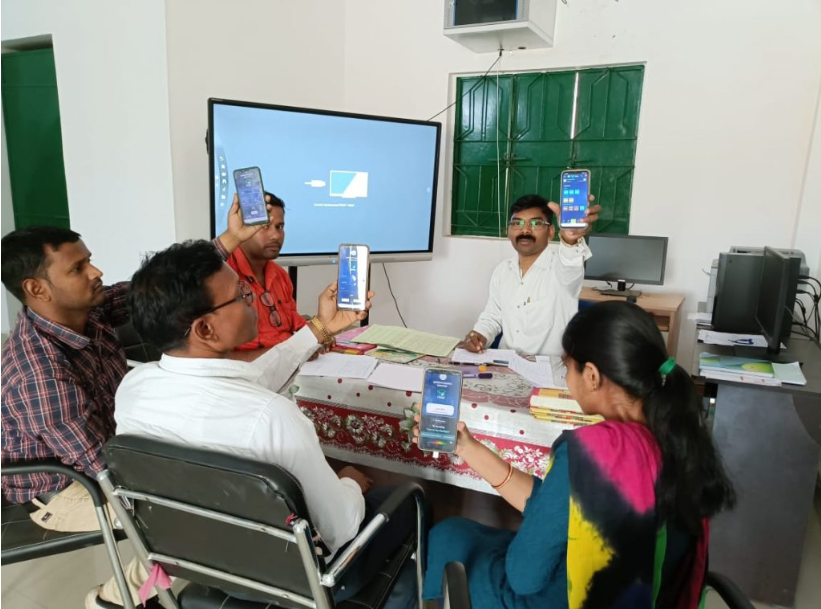
With prior achievements in initiatives like DEGS and Project Rail, Ranjan has embarked on a new venture called Project IMPACT, heralding a significant shift in Jharkhand’s educational sphere.
Article Credit: indianmasterminds